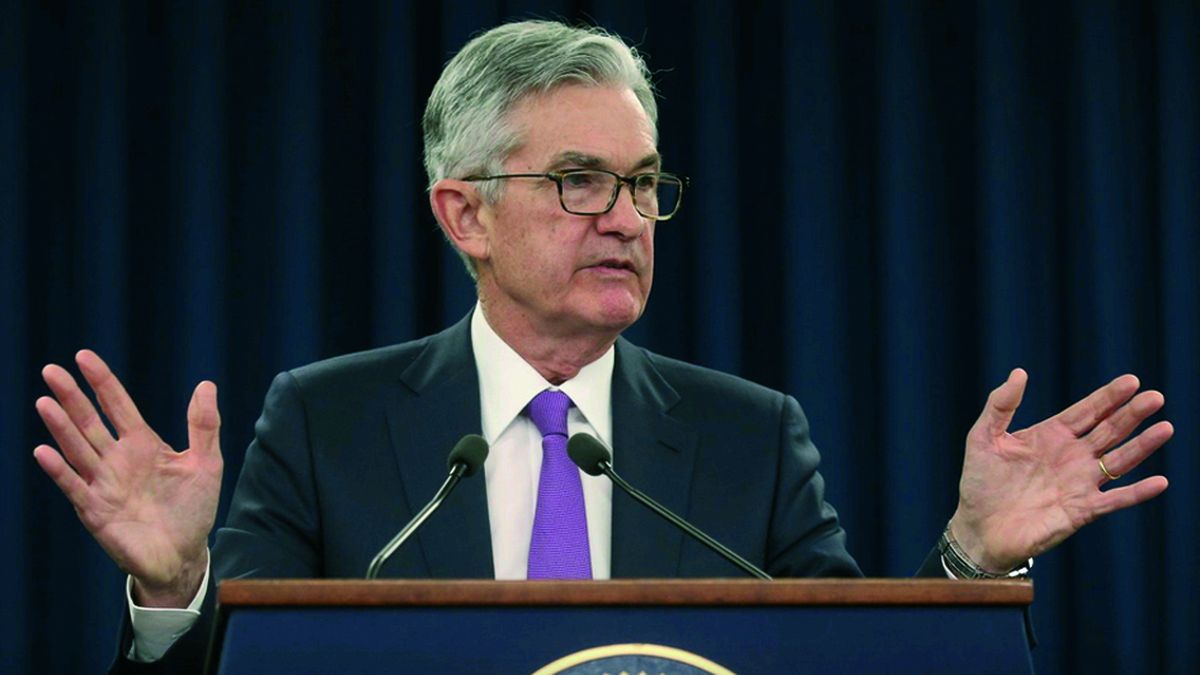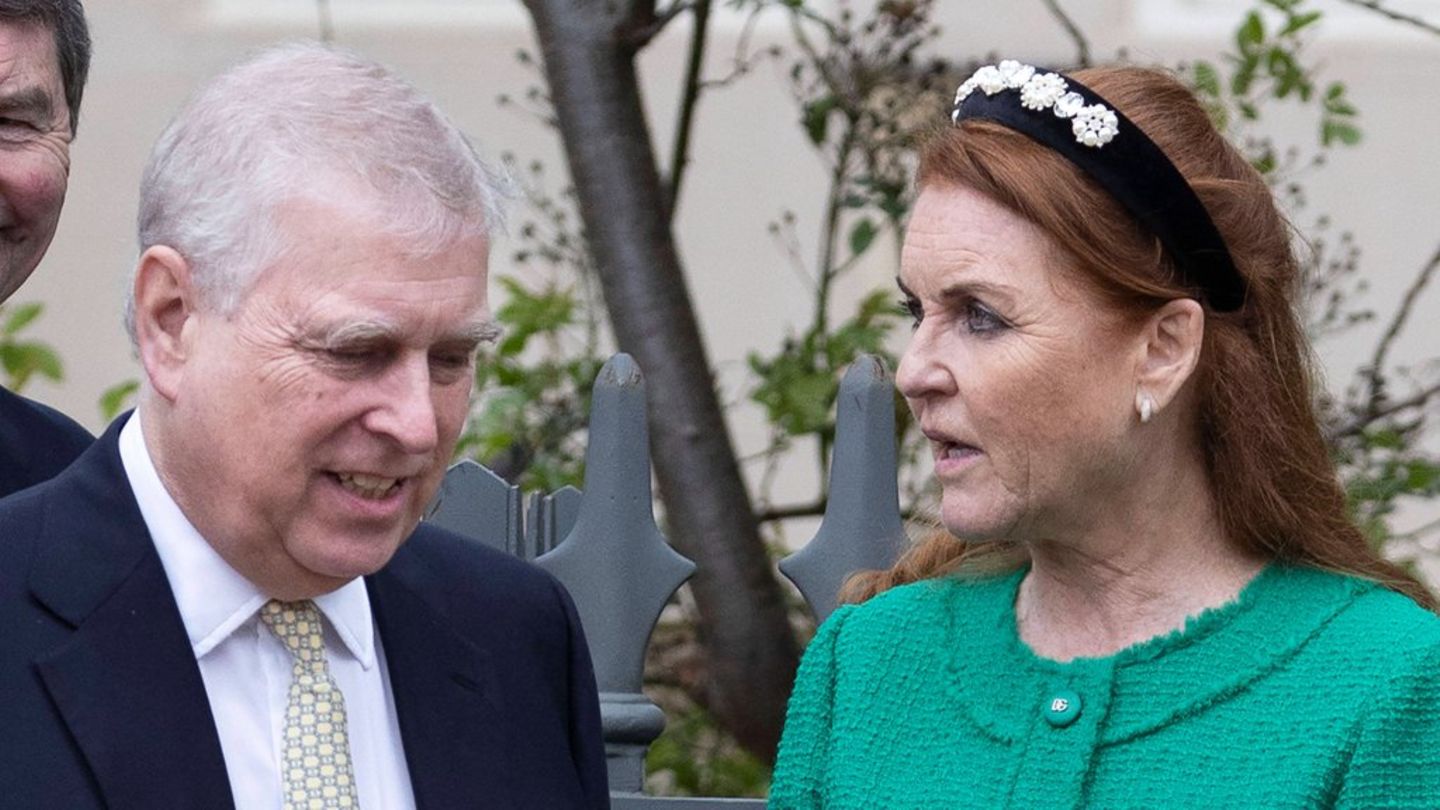Tiffany Wilding, an economist at the investment firm, said in a note to clients that savings accumulated by consumers during the pandemic can prolong the cost stronger than expected that has strengthened the pace of economic growth.
Likewise, the economist, quoted by the agency Bloombergpoints out that consumers have also been protected the effects of rising oil prices.
On Friday, August 25, the message that Jerome Powell will deliver during his speech at jackson holearises in the context of a recent economic data set extremely positive. These data have revealed that consumer spending has remained remarkably resilient throughout July, bringing retail sales to its largest increase monthly from the month of February.
Just a year ago, a large number of players in the financial market firmly held the belief that the US economy was headed for a deep recession and rigorous.
However, the current reality has far exceeded expectations. The economy has shown resilience much stronger than anticipated, which has led several prominent members of the Federal Open Market Committee (FOMC) to drop their recession forecasts. More than showing a slowdown, the economy presents concrete indications of a recovery process in progress.
The evaluation of the Gross Domestic Product (GDP) by the Atlanta Federal Reserve points out that the estimated economic growth for the current period from July to September amounts to a staggering figure of 5.8%. This highlights the continued strong momentum permeating consumption, as well as a surprising rebound in industrial production and activity in the homebuilding sector.
Taken together, the robustness shown by the economy and the continued strength of consumer spending provide scant foundations that support a more pessimistic outlook on the part of Powell in his speech in Jackson Hole.
A boiling job market
In an unexpected twist, the US jobs outlook continues to show strong performance, with the latest data revealing significant gains. in wages and a decrease in the unemployment rate up to 3.5% in the month of July.
Fed insiders have argued in the past that the unemployment rate should reach at least 4% to offset the inflationary risk.
Another indicator that underlines a stressed labor market is the persistent tendency of employers to increase wages at a brisk pace last month. Median hourly earnings increased 0.4% in July, maintaining the same acceleration as in June. This continued increase is still too much for the Federal Reserve.
Thus, the annual growth rate rose to 4.4%, adding further pressure to the already worrisome inflation outlook and providing the Fed with sufficient leeway to maintain its restrictive approach.
In the words of Powell during the press conference after the last Fed meeting, “The general conditions of the labor market ofwill play a crucial role in containing inflationand for this reason we consider it necessary to introduce a certain degree of flexibility in working conditions”.
inflationary reacceleration
Although the trend of Consumer’s price index (CPI) has been descending, the most recent data increases the risk of a new inflationary risewhich is already occurring at a faster rate than the Fed would consider consistent with its 2% target.
In July, consumer prices rose andn by 3.2%, marking the first time in 13 months that the annual rate of the CPI experiences a rebound compared to the previous month. The increase in June was 3%.
Source: Ambito
I am a 24-year-old writer and journalist who has been working in the news industry for the past two years. I write primarily about market news, so if you’re looking for insights into what’s going on in the stock market or economic indicators, you’ve come to the right place. I also dabble in writing articles on lifestyle trends and pop culture news.




